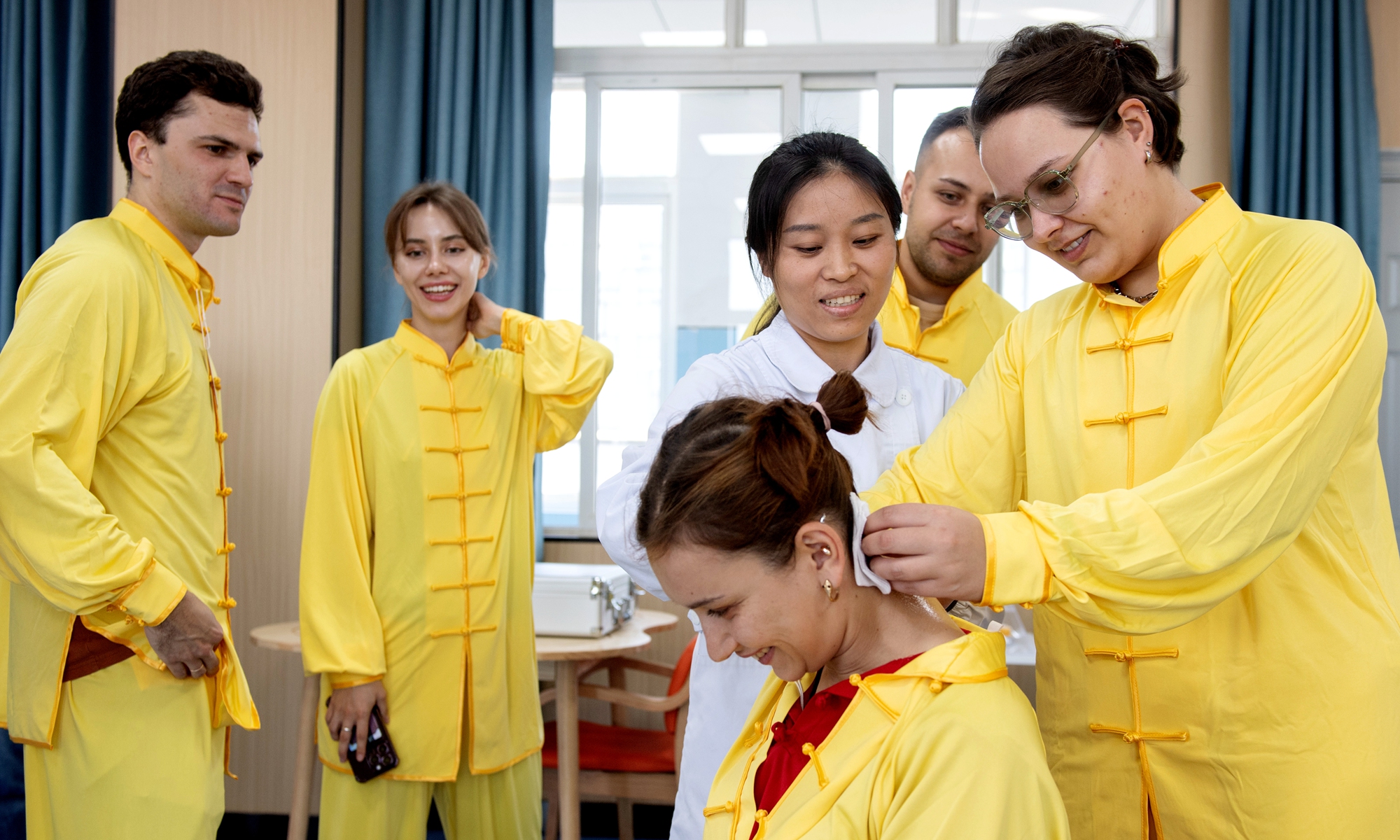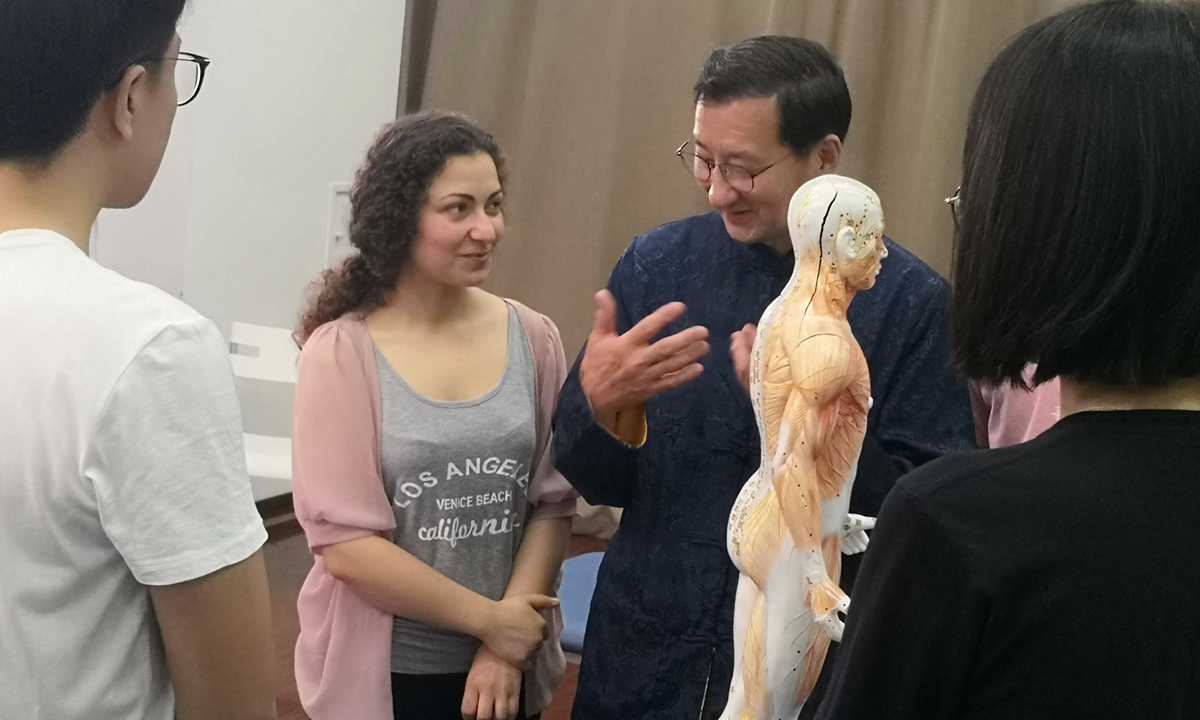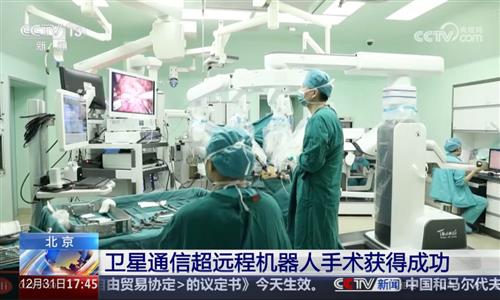The headquarters of the World Health Organization (WHO) in Geneva, Switzerland. File Photo:Xinhu
As respiratory diseases enter a peak period in winter, multiple foreign media outlets have been exaggerating reports of a surge in human metapneumovirus (HMPV) cases in China, claiming that it has overwhelmed local hospitals. Commenting on the matter, the World Health Organization (WHO) told the Global Times exclusively on Wednesday that Hmpv is not a new virus, but a common one which usually causes symptoms similar to the common cold.
China's reported levels of respiratory infections are within the usual range for the winter season. Authorities report that hospital utilization is currently lower than this time last year, and there have been no emergency declarations or responses triggered, the WHO said.
In recent days, foreign media including CNN, BBC, and the Washington Post have reported a spike in HMPV cases in China, alleging that it has overwhelmed hospitals, with some attempting to draw parallels to the COVID-19 pandemic.
In response to media inquiry on the seasonal spike, Chinese Foreign Ministry spokesperson Guo Jiakun said on Tuesday that the Chinese government has and will continue to release information about infectious diseases in a timely and transparent way in accordance with law.
The WHO also responded to the concerns, noting that based on what has been reported by the Chinese Center for Disease Control and Prevention (China CDC) and meetings between WHO and Chinese authorities, there has been a rise in the number of common respiratory infections in the country, as expected during winter.
The organization assured that China has a sentinel surveillance system for influenza-like illnesses and severe acute respiratory infections. According to China CDC data, the pathogens causing these infections are known ones, and they include the seasonal influenza virus, RSV (respiratory syncytial virus), HMPV, and SARS-CoV-2 (the virus that causes COVID-19).
Among the pathogens reported by China CDC, seasonal influenza is by far the most common and is increasing. WHO's Global Influenza Surveillance and Response System (GISRS) has registered rising trends in influenza in the Northern Hemisphere, where it is currently winter, across parts of Asia, Europe, Africa and a few countries in the Caribbean.
Regarding HMPV, the WHO said the virus is first discovered in 2001 - it is a common virus that circulates in winter and spring, usually causing respiratory symptoms similar to the common cold. In some cases, it can lead to more severe diseases like bronchitis or pneumonia. The youngest and the oldest are most at risk, along with those who are immunocompromised, that is, those who have weakened immune systems.
The positivity rate for influenza viruses is continuously rising, with more than 99 percent being influenza A, predominantly the A(H1N1) pdm09 subtype, according to the latest data from the China CDC. Traditional Chinese medicine methods are among the approaches recommended for flu prevention, said an expert at a press conference held by the National Health Commission on Sunday.
The level of influenza activity varies across regions, with a more noticeable rise in northern provinces, although it remains lower than the same period last year, showed the latest data released by China CDC for the week from December 23 to 29, 2024.
"Over the past two years, awareness of HMPV infections in China has grown despite the virus being first identified more than 20 years ago, and has been circulating among people for as long as 60 years. The increase of awareness is primarily due to the improvement in our country's respiratory pathogen detection capabilities and the increased public attention toward respiratory infectious diseases," Li Tongzeng, the chief physician of the infection department at Beijing You'an Hospital, told the Global Times.
After the COVID-19 pandemic, nucleic acid testing technology for respiratory pathogens has been significantly promoted in China, and many medical institutions can now conduct such tests, leading to an increase in detection rates for HMPV as well as other pathogens, Li said.
The expert added that another significant advancement in China regarding respiratory infections post-pandemic has been the establishment of a large number of sentinel hospitals to monitor respiratory pathogens.
"As a result, we are now able to see regular updates from the China CDC on the types of respiratory pathogens circulating. Additionally, drug stockpiles have significantly improved over the past two years," Li noted.







